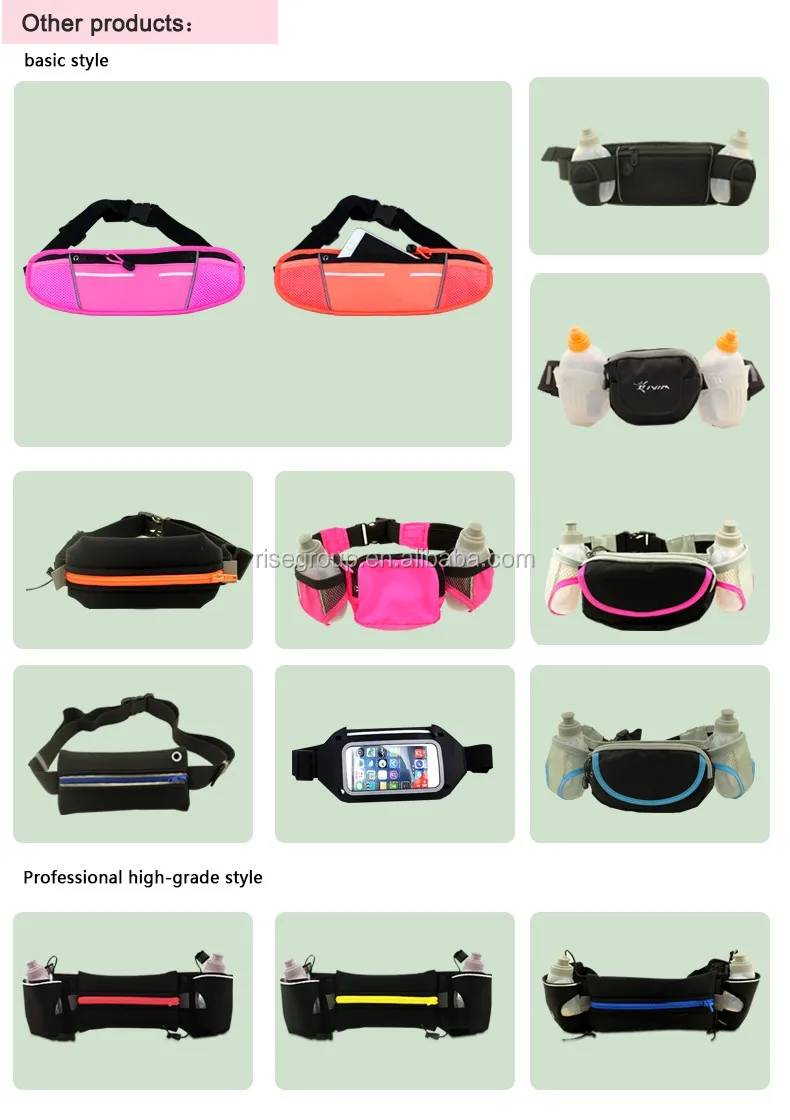
Fixed sizeīelts that are one size offer users many advantages. When choosing a running belt, it’s important to decide whether you want one that’s a fixed size or adjustable. However, your legs will thank you when they aren’t frozen on mile two.Belts that fit more tightly are less likely to jiggle, bounce, or slide when you run. The cost can quickly add up when purchasing more than one pair of tights. For instance, The Flipbelt Crops, Nike’s Dri-FIT and Under Armour’s ColdGear® both contain polyester fabric blends to keep runners cool and dry. When it comes to choosing running tights for winter, find a pair made with a blend of performance fabrics. The ideal pair of running tights are designed to block out wind, wick away moisture and keep your legs warm.

The secret to getting through the most brutal of cold spells is a pair of high-quality performance running tights. However, those who heat up quickly may prefer a lightweight, weather-resistant shell vest instead. They should be lightweight, wind/water resistant, and provide excellent interior air circulation.įor example, a shell jacket or windbreaker should repel rain and wind without weighing you down too much. Outer layers aren’t meant to be super heavy. When temperatures aren’t too cold, the outer layer can be worn with only a base layer. Wind/Water Resistant JacketĪ weather-resistant outer layer is key to staying warm and dry in rainy conditions. If you’re running in temperatures below freezing, chances are you’ll want a cozy middle layer to trap in heat for your longer workouts. Middle layers are often made of polyester fleece and are designed to fit more loosely than your base layer. This layer is meant to retain heat and keep you warm in colder temperatures. Once you have a base layer, it’s time to move on to the middle layer. As the layer closest to your skin, it must be able to wick away your sweat to keep you dry and warm. Your base layer top should also be designed to wick away moisture. A snug-fitting top allows you to easily add layers when temperatures drop. The ideal base layer top is a mid-weight, long-sleeve top that hugs the body. The most important layer of all is your base layer. Long-Sleeve Base LayerĮvery seasoned runner knows that layering is key to conquering cold weather runs.

But when it comes to running in extremely cold weather, a pair of high-performance gloves are well worth it to keep your extremities warm. Lower-priced running gloves will serve their purpose for mild winters. For those who run in below-freezing temperatures, look for dual-layer fabrics which contain an ultra-warm interior layer and a moisture-blocking exterior. If you live in an area that receives heavy wind and rain, you’ll want gloves that are wind and waterproof. To keep them sufficiently warm on longer runs, you need a pair of moisture-wicking gloves that fit snug. If you’re using proper running form, your hands are constantly moving back and forth as you run. Whether it’s keeping your neck warm in freezing temps or protecting your face from dust and wind, these handy accessories are a must-have in every runner’s arsenal. Once you own a running buff, you won’t go on a run without it. These multifunctional accessories can be worn as a headband, neck scarf, face mask, and hat, just to name a few.

Running buffs are one of the most versatile garments that a runner can own. Want to improve your winter safety even more? Consider adding a FlipBelt Running Light to your running belt to help you see objects more easily in the dark hours of winter. This reflective material increases your visibility when running in the dark or in inclement weather. Regardless of the season, a running belt with reflective 3M material will come in handy. Every seasoned runner knows that layering is key to conquering cold weather runs. Besides making you more visible in the dark, running belts also make it easy to store essential items (such as your keys and cell phone) while you run. Reflective Running BeltĪ reflective running belt serves a variety of purposes. These devices slip right over your shoes and have metal spikes to give you greater stability while you run. If you’re hoofing it on pavement in below-freezing temps, having traction devices for your shoes is critical.Ī set of Yaktrax or Kahtoolas will give your feet proper traction to prevent nasty slips and falls. Rain, snow, and sleet can quickly turn to ice and pose a serious threat to your safety. If you’re serious about running outdoors this winter, here is a list of essential winter running gear to help you conquer the cold: Traction Devices But as any seasoned runner knows, it’s much easier to brave the cold when you’re wearing the right cold weather running apparel. Let’s be honest-it takes serious dedication to keep to your running regimen all through winter.


 0 kommentar(er)
0 kommentar(er)
